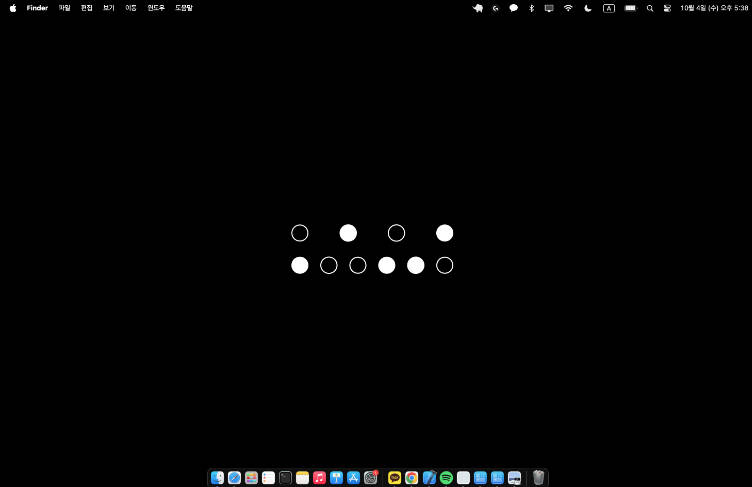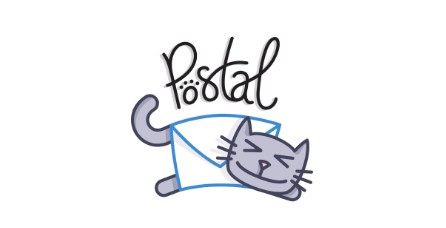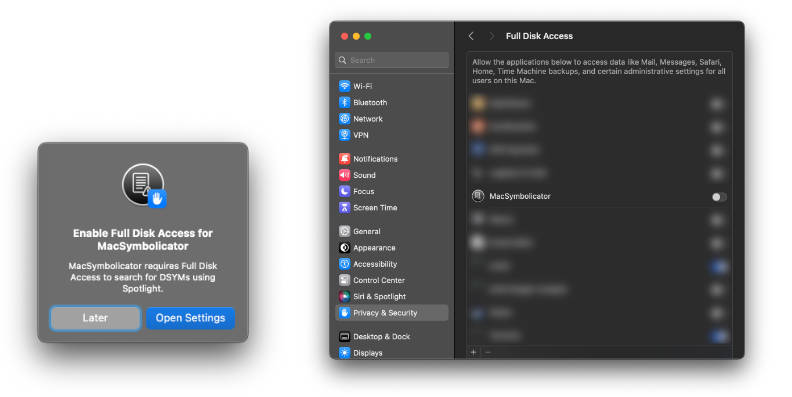CloudflareDomainsEmailKit
Send Emails From Your Cloudflare Domains Email using Swift
Requirements
- A Cloudflare domain
Usage
MailChannels Send API lets you send emails from your Cloudflare Workers apps. Learn more about MailChannels here.
You do not need an account with MailChannels to start sending emails
However, you are required to have a Domain Lockdown DNS record authorizing your Worker to send emails for your domain.
For our use case do the following:
1. Set up Sender Policy Framework(SPF) Records
The following records are needed for SPF to work correctly.
| Location | Record Type | Value |
|---|---|---|
| example.com | TXT | v=spf1 a mx include:relay.mailchannels.net ~all |
| _mailchannels.example.com | TXT | v=mc1 cfid=myapp.workers.dev |
Replace example.com with your domain name.
You are likely to have configured email routing for your domain and therefore, you have an existing TXT record pointing to the root of your domain.
In this case update your record to something that looks like v=spf1 include:_spf.mx.cloudflare.net include:relay.mailchannels.net ~all
Replace cfid=myapp.workers.dev with the cfid of the worker that will be resposible for emails (more on this in section 2),
Your cfid is located at dash.cloudflare.com > Workers & Pages > Overview. Beneath “Your subdomain” at the right side of the page.
2. Create your Worker
On the Workers & Pages Overview Page, click on Create Application.
Create and deploy a Hello World script. You can only edit the worker after deployment.
Replce the code with the following, then click on save and deploy.
async function readRequestBody(request) {
const { headers } = request;
const contentType = headers.get("content-type") || "";
if (contentType.includes("application/json")) {
return JSON.stringify(await request.json());
} else {
return '{"success":false}';
}
}
async function handleRequest(request) {
let start = Date.now();
let reqBody = await readRequestBody(request);
let sendRequest = new Request("https://api.mailchannels.net/tx/v1/send", {
method: "POST",
headers: {
"content-type": "application/json",
},
body: reqBody,
});
let resp = await fetch(sendRequest);
let respText = await resp.text();
let end = Date.now();
let total = end - start;
return new Response(respText, {
headers: {
"X-MC-Status": `${resp.status}`,
"X-MC-Status-Text": resp.statusText,
"X-Response-Time": `${total}`,
},
});
}
addEventListener("fetch", (event) => {
const { request } = event;
if (request.method === "POST") {
return event.respondWith(handleRequest(request));
} else if (request.method === "GET") {
return event.respondWith(new Response(`The request was a GET`));
}
});
Take note of the domain of your worker you will need that for section 3
3. Sending emails from Swift Server
To get started, add the CloudflareDomainsEmailKit dependency:
.package(url: "https://github.com/iankoex/CloudflareDomainsEmailKit.git", from: "0.1.1")
And add it as a dependency of your target:
.product(name: "CloudflareDomainsEmailKit", package: "CloudflareDomainsEmailKit")
Create the content.
let content = MailChannelsContent(
personalizations: [
MailChannelsContent.Personalization(
recipients: [
MailUser(name: "User 1", email: "[email protected]")
]
)
],
from: MailUser(name: "Support", email: "[email protected]"),
subject: "Your App Data",
content: [
MailChannelsContent.EmailBody(type: .plainText,value: "This is the email's body")
]
)
Send the email.
try await EmailClient.sendMail(content: content, using: "https://app.workers.dev/")


